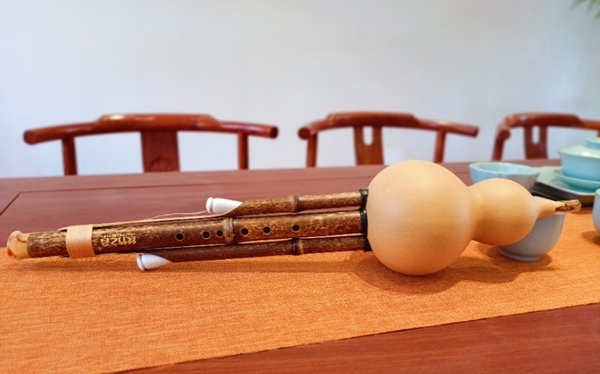The essence of Hulusi music art: Analysis and practical application of overlapping sound technique
Hulusi, as the treasure of Chinese traditional national Musical Instruments, has a graceful and melodious tone and great charm. In the technique of fenugreek performance, the overtone is an important means of expression, which greatly enriches the artistic expression and appeal of fenugreek music.

Overtone, as the name suggests, is a compound sound effect produced by blowing and inhaling on the same note in rapid succession. This technique requires the performer to quickly blow two similar notes in a short period of time, forming a kind of broken, like an echo effect, so that the original single note becomes full and three-dimensional, increasing the sense of movement and layer of music.
In the hulusi performance, the use of overlapping sounds can effectively simulate the sound phenomena in nature, such as birdsong, flowing water, etc., so as to make the music more vitality and artistic beauty. In addition, the technique can also strengthen the rhythm and rhythm of the melody, making the emotional expression of the music more delicate and attractive.
In the actual performance practice, the mastery of the overlapping technique requires the performer to have solid basic skills and good breath control ability. First of all, the breath must be short and strong, ensuring that each note is clear and bright. Secondly, the blowing and sucking action should be agile and coordinated to ensure that the connection between the two notes is smooth and natural. Only through long-term practice and exploration, can we truly master the advanced playing technique of duplication, so that the tone of Fenugreek is more colorful and more exciting.
In short, fenugreek overlapping technique is a wonderful flower in Chinese traditional music art. It greatly expands the expression space of fenugreek music with its unique musical language and expression form, making it unique and shining among many national instruments.
 渝公网安备 50010702504639号
渝公网安备 50010702504639号